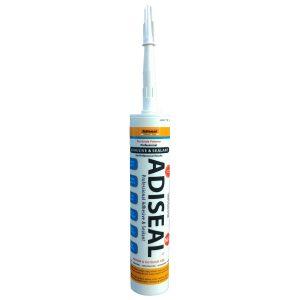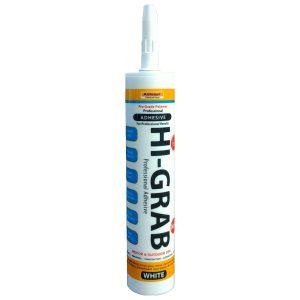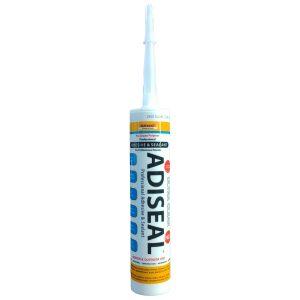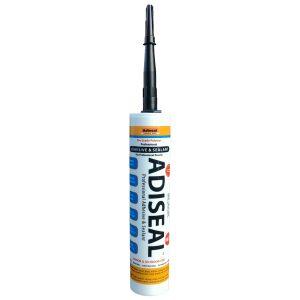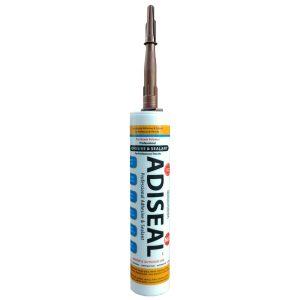Glue for Metal to Wood
Glue for Metal to Wood: Tips for Strong and Reliable Bonds
When it comes to joining metal and wood surfaces, finding the right glue for metal to wood is crucial for achieving durable and secure bonds. In this article, we will provide you with essential tips and techniques for selecting the appropriate adhesive and ensuring successful bonding between metal and wood.
Understanding Glue for Metal to Wood
1. Adhesive Options:
– Epoxy Adhesive: Epoxy-based glues offer excellent bonding strength and versatility, making them suitable for metal-to-wood applications.
– Polyurethane Adhesive: Polyurethane adhesives provide flexibility and high bonding strength, making them ideal for bonding metal to wood surfaces.
2. Considerations for Bonding Metal to Wood:
– Surface Compatibility: Ensure that the adhesive is compatible with both the metal and wood surfaces involved in the bonding process.
– Adhesive Performance: Look for an adhesive that provides strong adhesion to both metal and wood, ensuring a reliable and long-lasting bond.
– Curing Time: Consider the curing time required for the adhesive, allowing sufficient time for the bond to develop maximum strength.
Techniques for Bonding Metal to Wood
1. Surface Preparation:
– Clean the metal and wood surfaces thoroughly to remove any dirt, dust, or grease.
– Use sandpaper or a wire brush to roughen the surfaces slightly, promoting better adhesive adhesion.
2. Adhesive Application:
– Apply the glue evenly to both the metal and wood surfaces, using a brush or applicator.
– Follow the manufacturer’s instructions regarding the recommended coverage and curing time.
3. Clamping and Curing:
– Use clamps or weights to hold the metal and wood parts together during the curing process.
– Allow sufficient time for the adhesive to cure fully, ensuring a strong and reliable bond between the metal and wood.
Precautions and Tips for Successful Bonding
1. Compatibility Testing:
– Before applying the adhesive, conduct a small compatibility test on a discreet area to ensure proper adhesion between the metal and wood surfaces.
– Follow any surface preparation recommendations provided by the adhesive manufacturer.
2. Temperature and Moisture Considerations:
– Take into account the temperature and moisture conditions to which the bonded assembly will be exposed.
– Select an adhesive that can withstand the anticipated environmental factors to ensure long-term bond durability.
Conclusion:
Choosing the right glue for metal to wood bonding is essential for creating strong and reliable connections. Epoxy and polyurethane adhesives are popular choices due to their excellent bonding properties. By following proper surface preparation techniques, applying the adhesive evenly, and allowing sufficient curing time, you can achieve durable and secure bonds between metal and wood. Remember to conduct compatibility tests and consider environmental factors to ensure successful bonding results.
Showing all 6 resultsSorted by popularity
